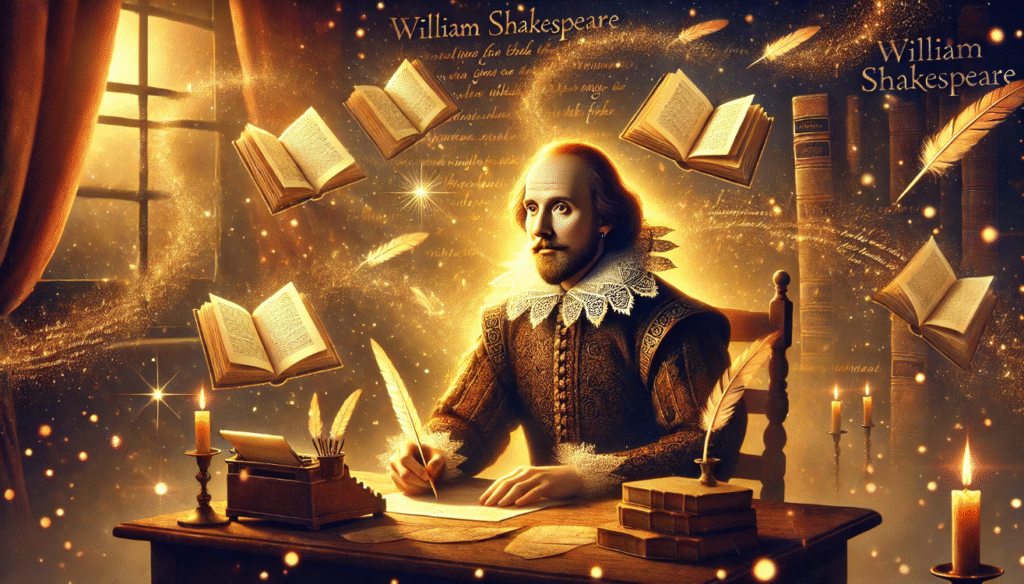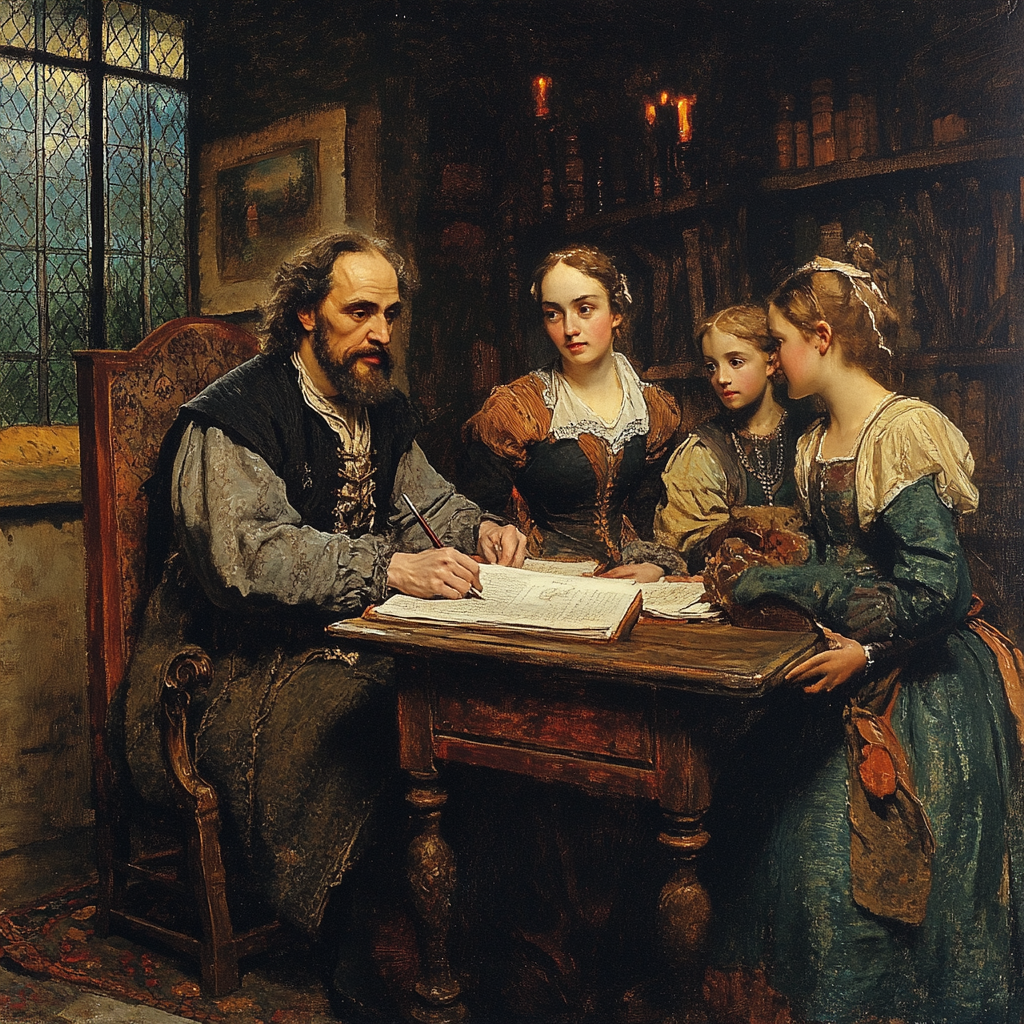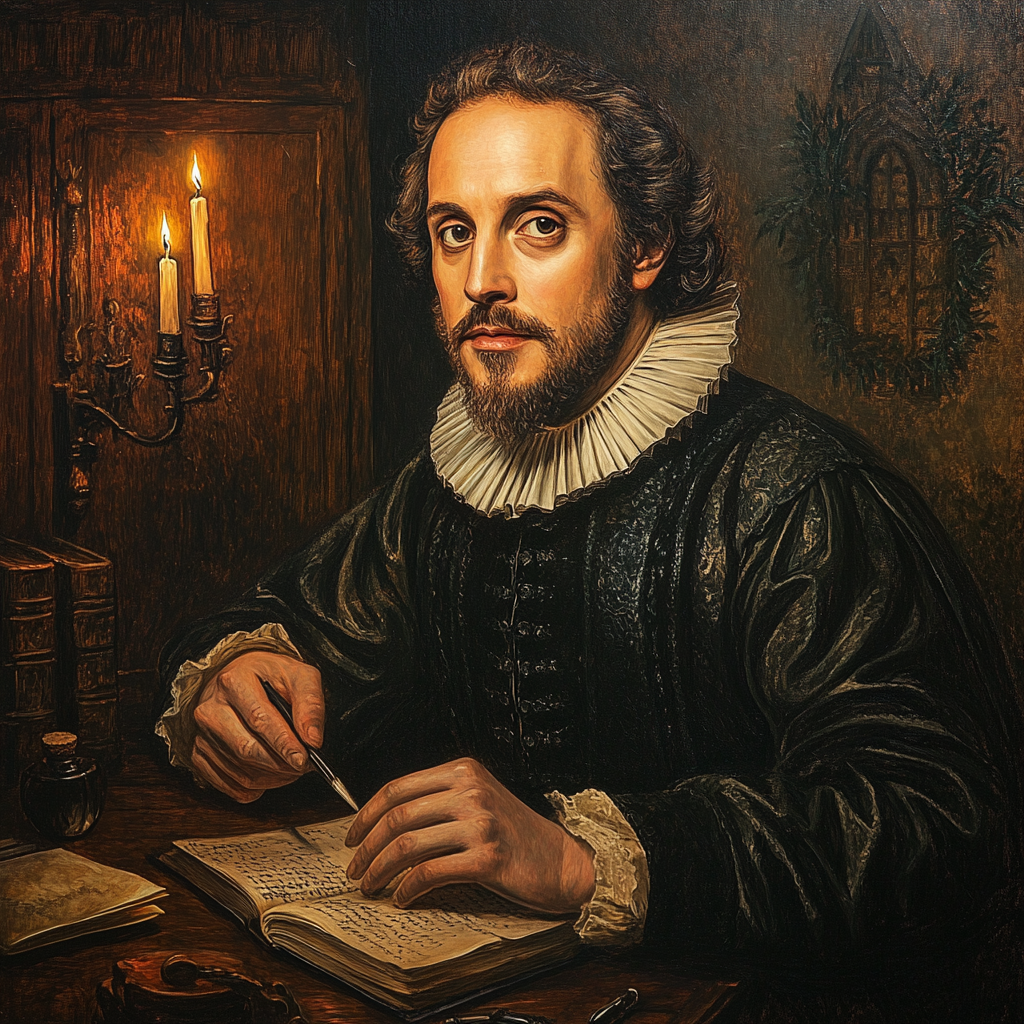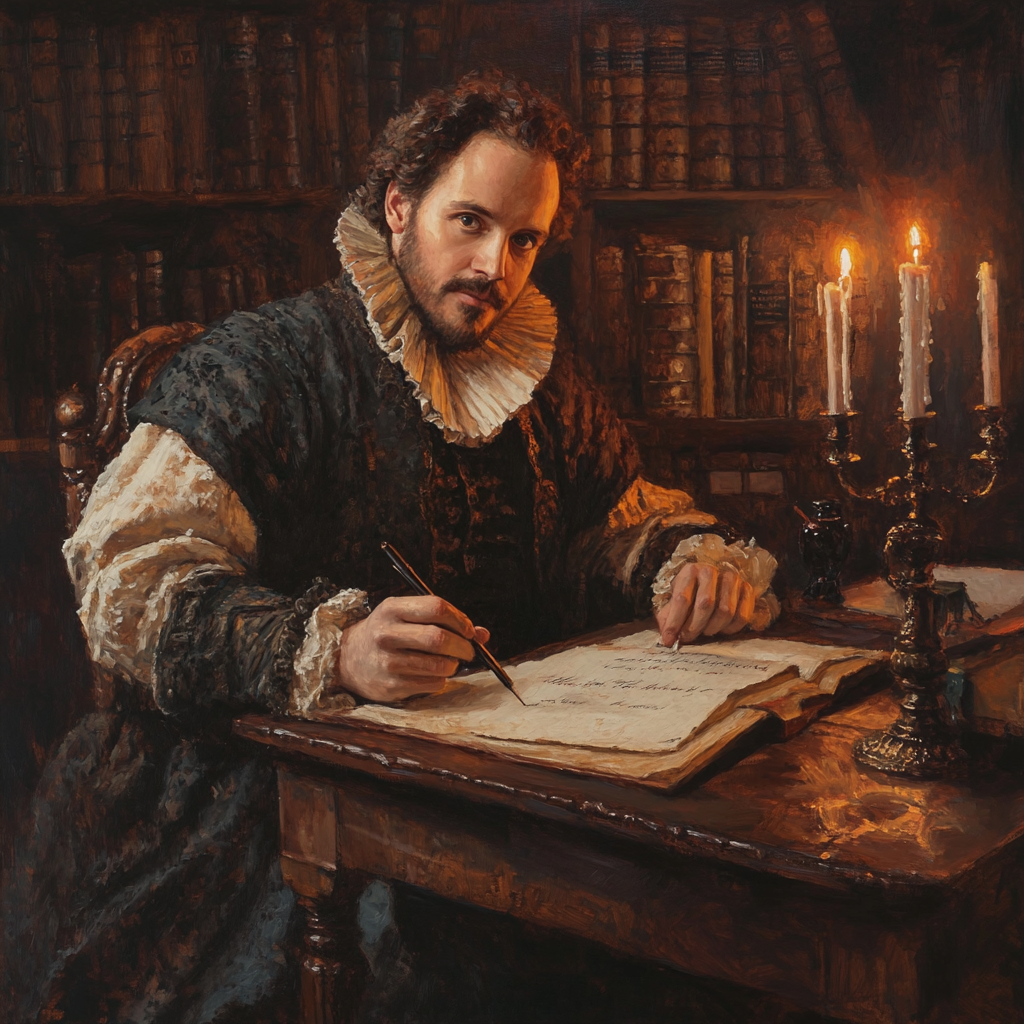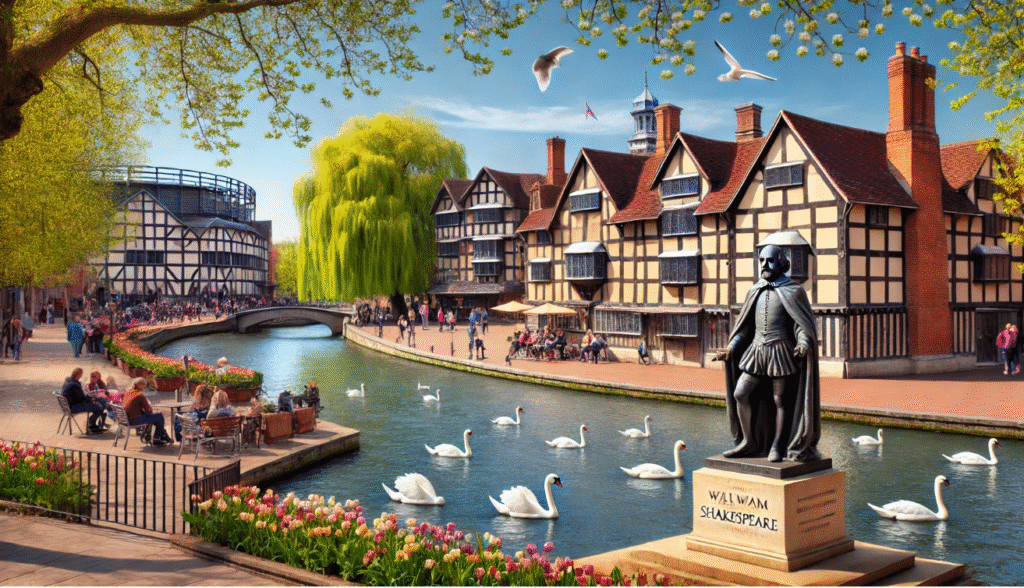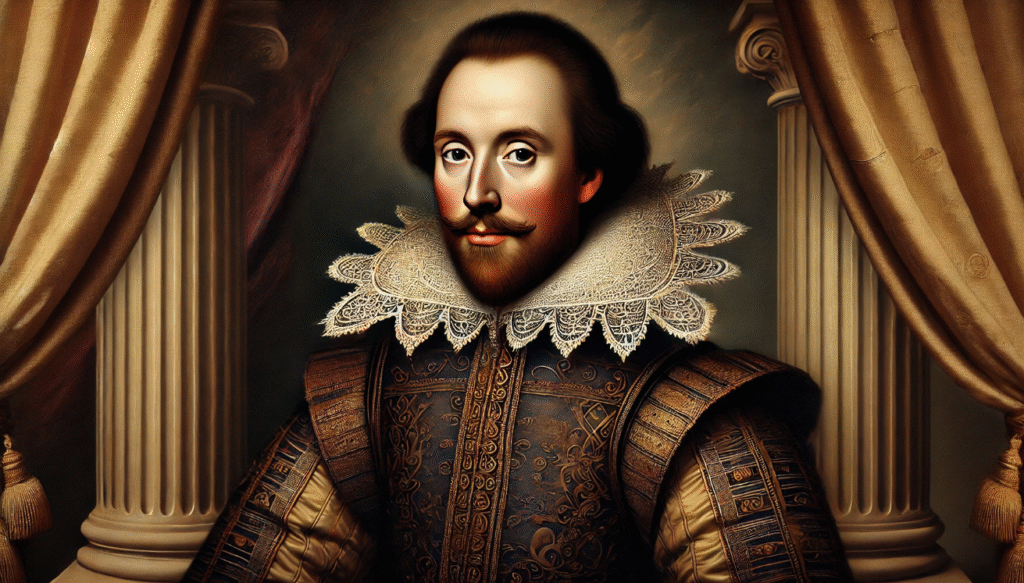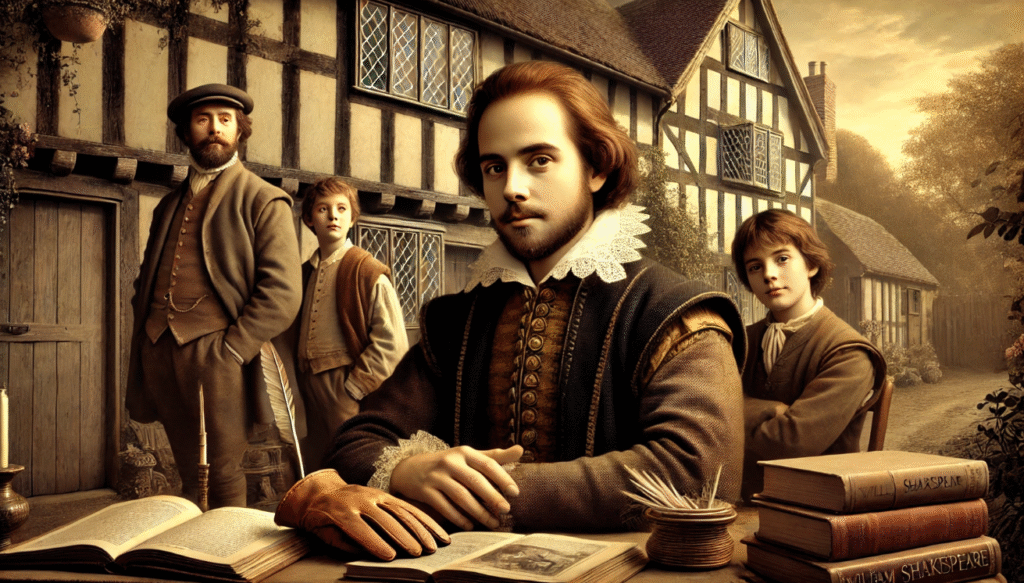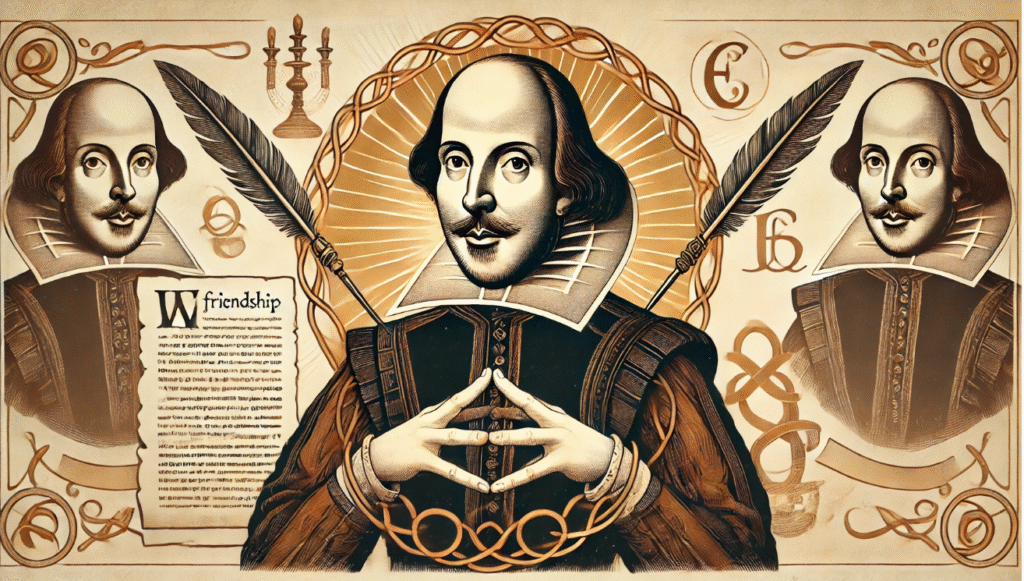Shakespeare’s legacy in literature and drama is immense. He is widely regarded as the greatest playwright in the English language, and his works have had a lasting impact on the world of literature and theater. His plays, such as “Hamlet,” “Macbeth,” and “Romeo and Juliet,” are still performed and studied today, and his influence can be seen in countless other works of literature and drama. Shakespeare’s legacy also extends to the way we think about storytelling and human culture. His works explore universal themes and emotions that continue to resonate with audiences, and his characters are some of the most memorable and iconic in all of literature. Through his writing, Shakespeare’s influence on storytelling helped to shape the way we tell stories and understand the human experience.
Shakespeare’s storytelling techniques have had a profound impact on modern narratives, serving as a foundation for many literary and dramatic works. His use of complex characters, intricate plots, and universal themes continues to influence storytelling across various mediums, including literature, film, and theater. By studying Shakespeare’s techniques, we can gain a deeper understanding of the art of storytelling and its enduring impact on contemporary narratives.
The Revolutionary Impact of Shakespeare’s Storytelling
Breaking Boundaries of Traditional Storytelling
Before Shakespeare, storytelling norms in literature tended to follow linear plots with a clear beginning, middle, and end. The focus was on straightforward storytelling with a clear resolution. However, Shakespeare departed from these traditional norms and embraced complex structures in his works. He introduced subplots, intricately woven storylines, and multi-layered characters, which added depth and complexity to his storytelling. This departure from the norm allowed for a more nuanced exploration of themes and characters, ultimately revolutionizing the way stories were told in literature.
Universal Themes That Transcend Time
The themes of love, ambition, jealousy, and mortality are prevalent in many classic plays, including Romeo and Juliet, Macbeth, and Hamlet. In Romeo and Juliet, the theme of love is central to the story as the young couple’s love is ultimately thwarted by their feuding families. Ambition and jealousy drive Macbeth to commit heinous acts in his quest for power, while in Hamlet, the protagonist grapples with mortality and the consequences of his actions. These themes continue to resonate with modern audiences as they are universal and timeless. Love remains a powerful force in people’s lives, ambition and jealousy continue to drive individuals to extreme lengths, and the inevitability of mortality is a constant source of contemplation and fear.
Introduction of Multidimensional Characters

The creation of flawed, relatable, and psychologically complex characters has had a significant influence on modern character-driven narratives. Characters such as Hamlet and Lady Macbeth have served as archetypes for the exploration of human nature and the complexities of the human psyche. Their inner conflicts, desires, and flaws have inspired contemporary writers to delve deeper into the intricacies of character development, creating more nuanced and multi-dimensional characters that resonate with audiences. This approach has brought a greater sense of authenticity and depth to modern storytelling, as it allows for a more profound exploration of the human experience.
Shakespeare’s Narrative Techniques

Use of Subplots and Interwoven Storylines
When analyzing plays like King Lear and A Midsummer Night’s Dream, it’s important to consider the art of balancing main and secondary plots in storytelling. Both of these plays showcase the skillful interweaving of multiple storylines, allowing for a rich and complex narrative. In King Lear, the main plot follows the downfall of the titular character, while secondary plots involving his daughters and their suitors add depth and complexity to the overall story. A Midsummer Night’s Dream similarly balances the central love story between Hermia and Lysander with the comedic antics of the fairy world and the dramatic love triangle involving Helena, Demetrius, and Oberon.
Mastery of Dramatic Tension

Pioneering techniques in building suspense and emotional engagement often involve the use of soliloquies, monologues, and asides. These dramatic devices allow characters to convey their inner thoughts and emotions directly to the audience, creating a sense of intimacy and connection. By breaking the fourth wall, these techniques can also heighten suspense and engage the audience in a more direct and personal way. Whether used in literature, theater, or film, these techniques have proven to be powerful tools in captivating and engaging audiences.
Experimentation with Genre Blending
Mixing comedy, tragedy, and history in plays like The Tempest and Twelfth Night has been a long-standing tradition in the world of theater. These genre-defying stories have captivated audiences for centuries, blending humor, heartbreak, and historical context to create truly unique and compelling narratives. In contemporary media, the impact of genre-defying storytelling has been profound. From television shows to movies to literature, creators are pushing the boundaries of traditional genres and incorporating elements of comedy, tragedy, and history to create more complex and engaging narratives. This approach allows for a more nuanced exploration of themes and a deeper connection with audiences, as it reflects the complexity of real-life experiences.
Shakespeare’s Language as a Storytelling Tool
The Power of Imagery and Symbolism
The “to be or not to be” soliloquy in Shakespeare’s Hamlet is a powerful and introspective exploration of life and death. Through the use of metaphors and poetic devices, Hamlet grapples with the existential question of whether it is better to endure the suffering of life or to escape it through death. The soliloquy’s vivid imagery and profound reflections invite the audience to contemplate the complexities of human existence and the universal struggle with mortality. Shakespeare’s masterful use of language and metaphor creates a deeply moving and thought-provoking experience for the reader or audience.
Coining New Words and Phrases
The contribution of over 1,700 words to the English language by an individual has greatly enriched storytelling by allowing for a more diverse and nuanced expression of ideas and emotions. With this expanded vocabulary, writers and storytellers are able to convey their thoughts and feelings in a more precise and evocative manner, leading to a more powerful and resonant impact on their audience. This innovation in language use has opened up new avenues for creative expression and has elevated the art of storytelling to new heights. Overall, the contribution of over 1,700 words to the English language has significantly enhanced the ability of storytellers to connect with their audience and has enriched the literary landscape as a whole.
Influence on Dialogue Writing
In modern literature and film, there are many examples of dialogue that have been inspired by Shakespearean style. One such example is the film “10 Things I Hate About You,” which is a modern retelling of Shakespeare’s “The Taming of the Shrew.” The witty banter and clever wordplay in the dialogue between the characters draws heavily from Shakespeare’s original text. Another example is the TV show “Sons of Anarchy,” which often features dialogue that is reminiscent of Shakespeare’s plays. The characters speak in a poetic and dramatic manner, using heightened language and emotional depth to convey their thoughts and emotions.
Shakespeare’s Legacy in Modern Storytelling
Influence on Literature

Shakespeare’s works have had a profound impact on literature, inspiring countless authors throughout history. Charles Dickens, for example, was greatly influenced by Shakespeare’s vivid characters and intricate plots, and often incorporated similar themes of love, betrayal, and redemption in his own novels. Similarly, James Joyce admired Shakespeare’s use of language and complex narratives, and drew upon these elements in his own writing. Shakespeare’s enduring influence can be seen in the modern novels and stories that continue to echo his timeless themes and storytelling techniques.
Adaptations in Film and Theatre
Shakespeare’s influence on popular culture is undeniable, and it’s no surprise that his timeless stories continue to inspire modern adaptations. From the musical retelling of Romeo and Juliet in West Side Story to the iconic characters of The Lion King, Shakespeare’s themes of love, power, and betrayal still resonate with audiences today. Even in the high school setting of 10 Things I Hate About You, his work is reimagined for a new generation. The enduring popularity of these movies is a testament to Shakespeare’s lasting impact on storytelling and the arts.
Impact on Pop Culture
Shakespeare’s influence is pervasive in modern culture, as his storytelling methods continue to be embedded in various forms of media. TV shows such as “The Simpsons” and “The Office” often reference Shakespearean plays and characters, while songs by artists like Taylor Swift and Kanye West include nods to his works. Additionally, contemporary art frequently draws inspiration from Shakespeare’s themes and characters, showcasing the enduring relevance of his storytelling techniques. His impact on modern culture speaks to the timelessness of his storytelling and the enduring power of his narratives.
Lessons Modern Storytellers Can Learn from Shakespeare
When it comes to creating timeless, relatable themes in writing, it’s essential to embrace complexity in character and plot development. By delving into the intricacies of human nature and relationships, writers can create stories that resonate across time and cultures. Additionally, experimenting with language and genre can help writers push the boundaries of storytelling, creating fresh and engaging narratives that captivate readers. This approach allows for the exploration of new perspectives and the weaving of diverse elements into a cohesive and compelling story.
Shakespeare’s transformative impact on storytelling is undeniable. His works revolutionized the way stories were told, introducing complex characters, intricate plots, and deep psychological insight. His influence can be seen in countless works of literature, theater, and film, as well as in the way we understand human nature and the human experience. What makes Shakespeare’s storytelling so timeless is its ability to resonate with audiences across centuries and cultures. His themes of love, ambition, jealousy, and power are universal and continue to speak to people today. His characters are rich and multidimensional, and his exploration of human emotions and relationships remains as relevant now as it was in his time. In conclusion, Shakespeare’s storytelling remains a blueprint for crafting narratives that endure through generations.

